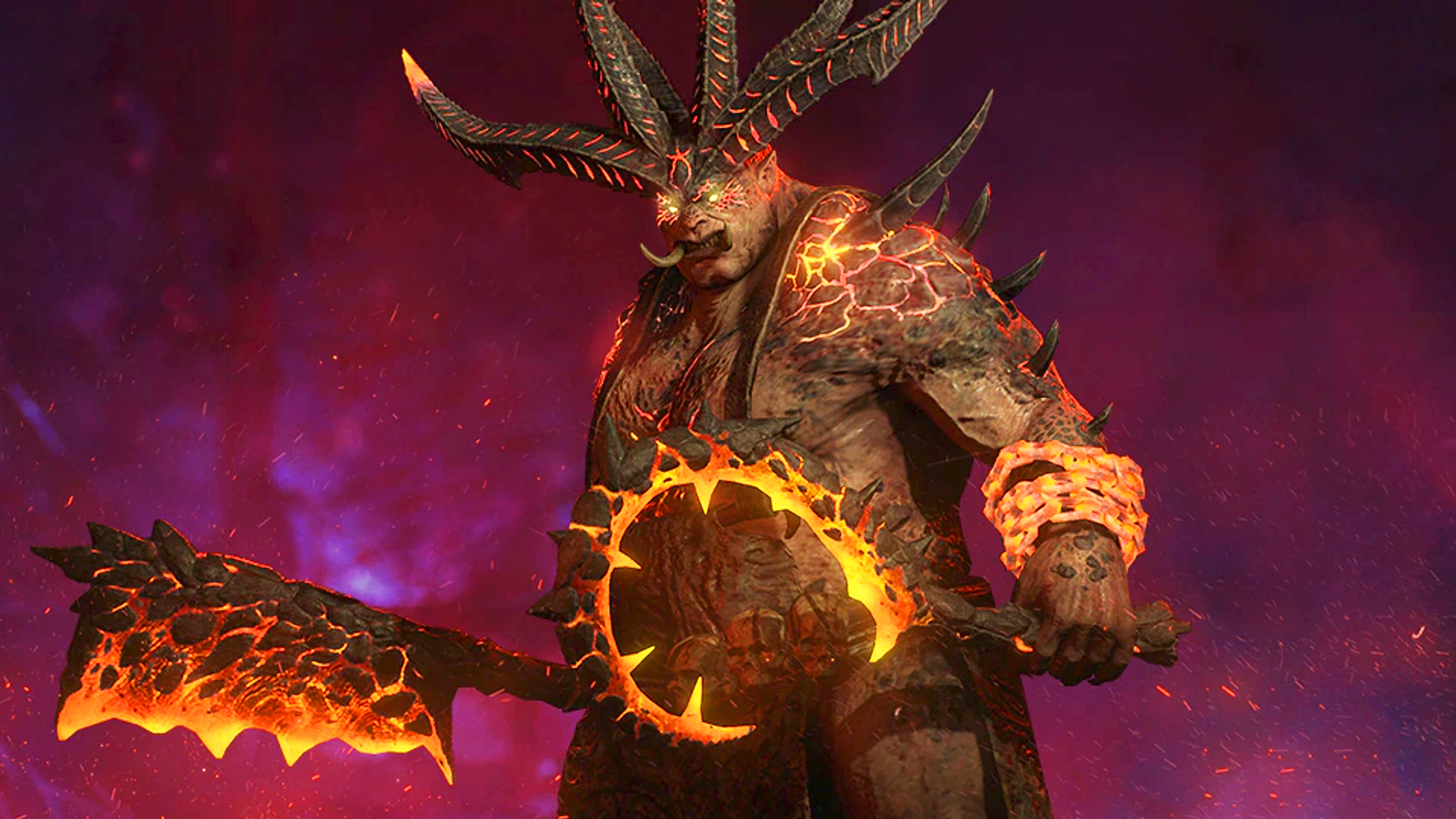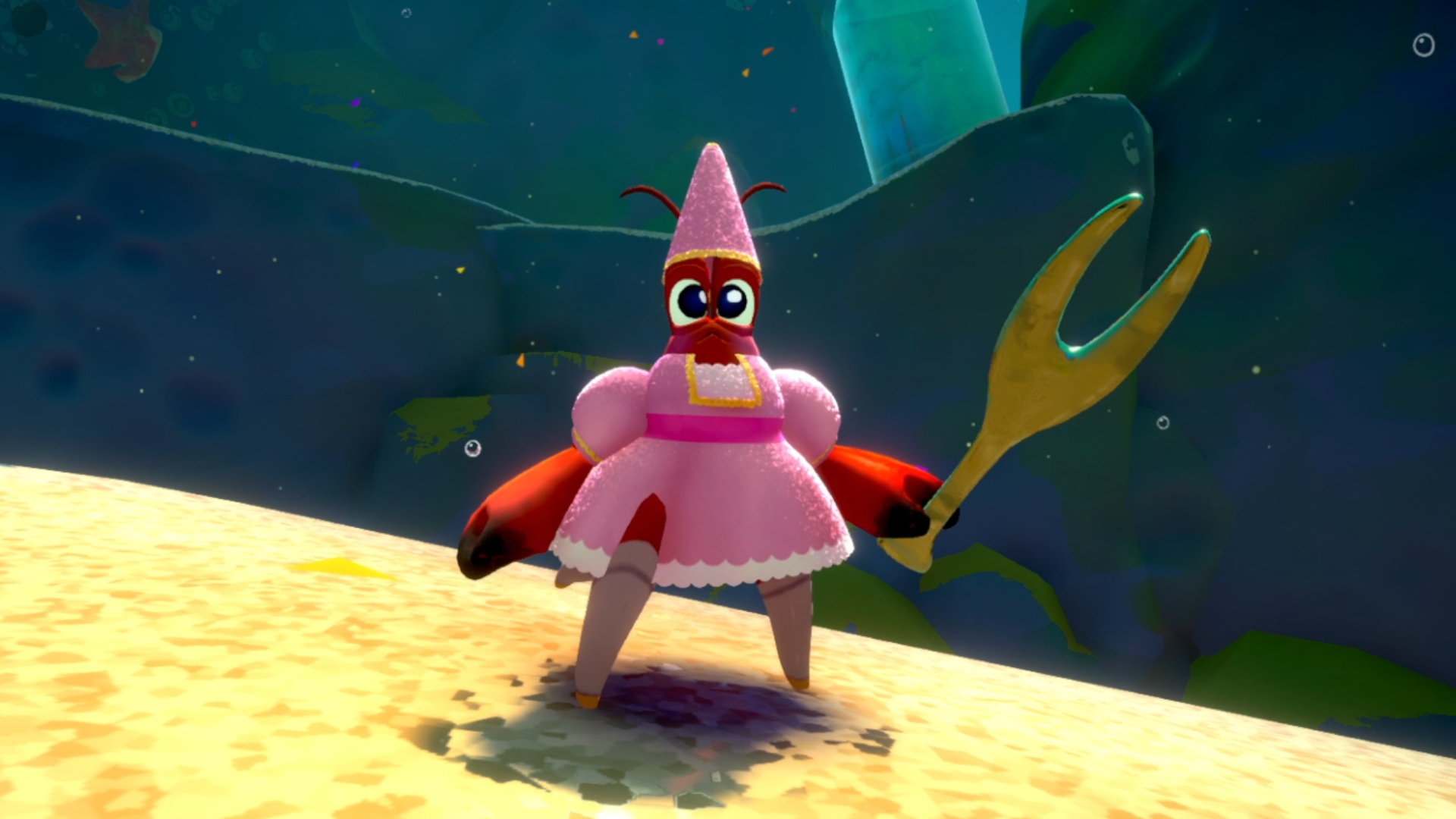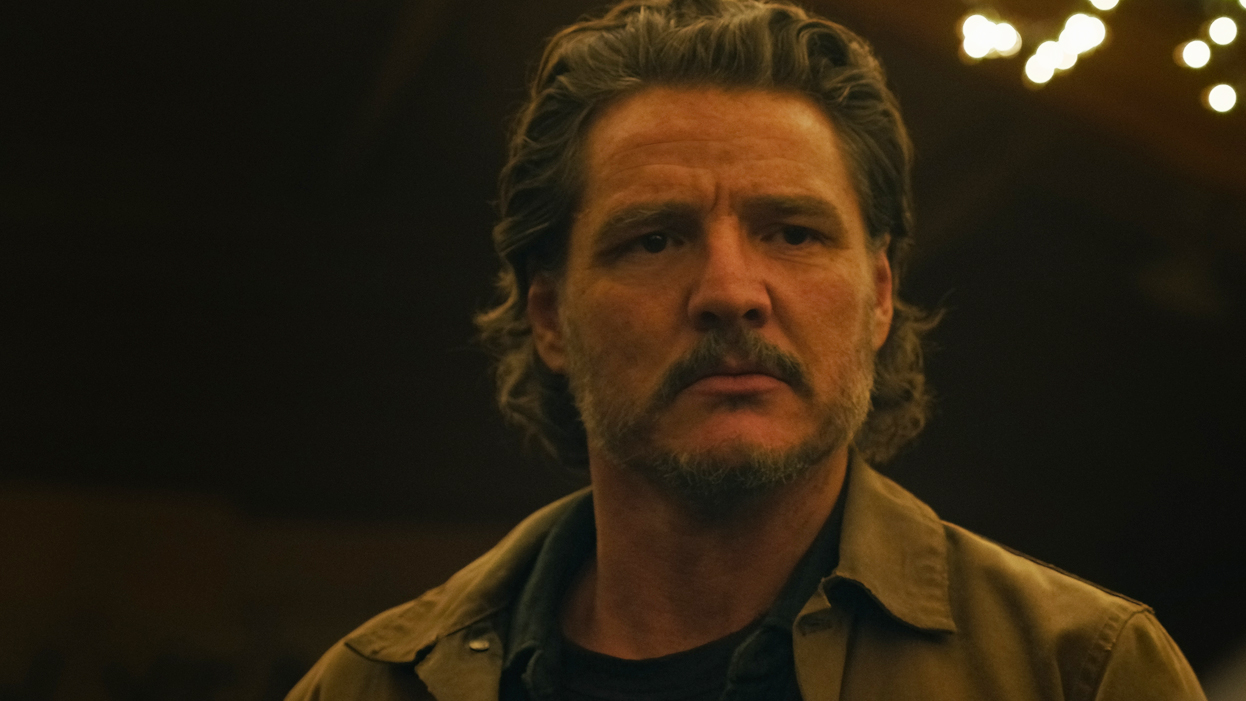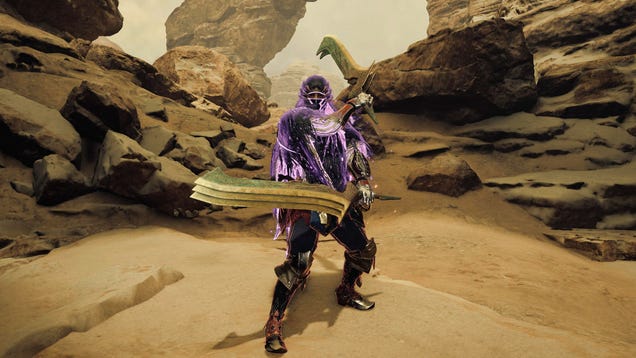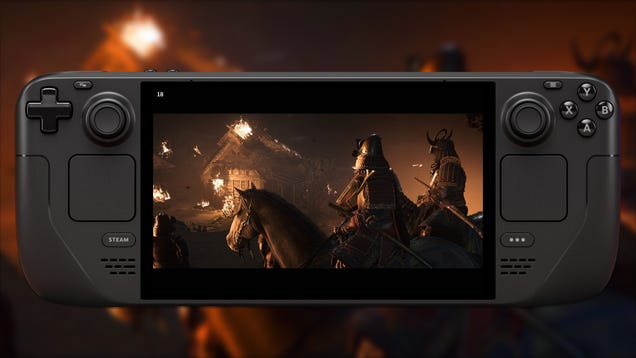
Nobody Wants to Die Review
Nobody Wants to Die starts at a drive-thru theater, our protagonist James taking in a black and white movie with his wife Rachel. You spend this peaceful moment joking around with her through conversation options amidst the pouring rain, but that respite is quickly destroyed. Rachel vanishes and the scene zooms out to reveal the dark, 24th century hellscape where James lives. It’s a great setup, showcasing everything you need to know about this moody cyberpunk detective noir. The world might be familiar, but the developers at Critical Hit Games have managed to fill it with fun details and a few moments that flip your expectations. Unfortunately, that strong start doesn’t quite hold up throughout Nobody Wants to Die’s roughly six-hour runtime; there’s a bit too much hand-holding during its investigation scenes, and it’s missing important features that would make its branching story structure easier to explore. But what it might lack in polish it makes up for in style.
Nobody Wants to Die is a story you’ve probably seen before: James is a detective with a tragic past he doesn’t remember, and who drowns himself in booze to dull the pain in a city full of flying cars, giant holographic ads, and buildings so tall you can’t see the ground. When he’s pulled into a case that ends up being bigger than he could’ve ever imagined, both his will and his skills as a detective are put to the test as he gets caught in a conspiratorial plot. On paper, it looks pretty basic; maybe even outright boring. And there are moments where it does stick to that script a bit too much.
But this isn’t just any detective story; it’s a cyberpunk neo-noir that isn’t shy about its artistic and narrative influences. There’s a lot of Altered Carbon in its premise, specifically in how people can swap bodies after death (or just whenever they want). The sleek, jaw-dropping aesthetic is very reminiscent of Blade Runner, but with a 1950s Dark City pastiche instead of a Japanese one. It’s also not hard to see some Cyberpunk 2077 here, both in its basic cyberpunk elements and in how you can reconstruct crime scenes with gadgets that run on technobabble. Of course, there’s also the early 20th century detective noir of it all — complete with femme fatales, constant rain, lots of alcohol, and monologues from James that straddle the line between perfectly melodramatic and a bit too over the top. It’s true greasy, wet pulp.
Critical Hit Games wears an “eat the rich” attitude on its sleeve. The body swapping system seemingly allows for immortality, but you have to purchase a subscription when you come of age. If you can’t afford it, you’ll get arrested, with your brain put into “bank” storage; if you’re rich, you can just buy new bodies and switch out whenever you want. Sadly, the class warfare this concept enticingly establishes is mostly just used to move the plot along. It’s more an opportunity to call the rich “assholes” rather than make a more complex point about that inequality and why it exists.
Odd aesthetic details are all in service of the compelling atmosphere.
Despite taking a lot of its elements from other places, the developers have added a lot of their own unique details. We’ve seen body swapping in cyberpunk fiction before, but I don’t think I’ve seen a system that outright says how many disadvantages that can have if you get a body that was addicted to drugs or has allergies. I also love how James’ apartment building is such a shithole that he has to summon a shared bathroom to use, which leads to a hilarious interaction with a neighbor who was still bathing.
There are also tiny aesthetic details that don’t make much sense, like how many locks require you to input a numbered code with a rotary dial. Why is a world in the 24th century not utilizing computers more? How is James able to find a drive-in theater that plays nearly 400-year-old black and white movies? These odd tidbits are all in service of the compelling atmosphere, and it’s super easy to accept them when you can tell the Critical Hit Games is having a lot of fun just putting anachronisms together in new ways.
The setting and world-building pieces pay homage to the 1950s and film noir, but that doesn’t mean it’s held on a pedestal. Many of James’ monologues and musings about the grimy lives of others, the oppressive system they all live under, and the violence he has to face are overtly poetic and corny, and sometimes he or other characters — especially his partner, Sara — call him out on it. Sara is a great foil for James; they have compelling platonic chemistry, with her talking him through the case and his thoughts through a receiver in his ear, and he does the same for her.
With multiple dialogue paths to choose from in most conversations, you can either take a serious route during your investigation or go for the stupid answer – that could be listening to your corrupt police chief boss or ignoring him and stealing evidence. I played my first run straight, and while not every choice was “morally” correct, the darker tone felt genuine to James. I leaned into the silly options on my second playthrough and it created hilarious moments, like how James is afraid of the light from his UV detection tool because they cause cancer. He’s the kind of guy who sits on neon signs outside his apartment on the 500th story of a building, drinking or smoking (do not play this game if you’re afraid of heights) as a melodramatic loner, and Nobody Wants to Die takes every opportunity to make fun of him for that.
This combination of new and old creates a pulpy mix of scenes that can swing wildly between depressive retrospection, outright tragedy, and self-aware nonsense, and it all somehow never feels out of place. In fact, Nobody Wants to Die’s dedication to that tonal dissonance is largely what lets it stand out despite its very obvious homages.
Nobody Wants to Hold Your Hand
While Nobody Wants to Die wants you to play out a neo-noir detective fantasy, there are some limits — namely in how it lets you solve cases, which isn’t much at all. Most of the actions you’ll take outside of the branching dialogue boil down to the detective work itself, which involves surveying a crime scene, gathering evidence, using futuristic tech to reconstruct gruesome, gory murders so they play out in front of your eyes, and then putting it all together with an evidence board.
How all the gadgets work is a bit confusing at first, but by the end of the first case, you fall into a routine. Use the Reconstructor to reconstruct events, fast forward or rewind through the three-dimensional footage to find new evidence or leads you want to pursue, analyze those pieces, and pull out your supplementary UV light and X-Ray to dig a little deeper. All of the data you gather will then be presented on the evidence board, where you can draw conclusions through a little activity where you’ll similarly be told outright if you’re guessing right or wrong.
It seems simple enough, and it is, especially because there are very few instances where you go about it on your own. You’ll usually get a prompt or a piece of dialogue that tells you exactly what to do, which tool to use, and how to think. You’re very much dragged through the story and forced to watch it play out instead of doing your own detective work, which removes any sense of accomplishment. There isn’t a time limit, nor is there fear you’ll miss an important clue. It can also be annoying when the figures moving throughout your reconstructions get in the way of your tools, blocking your view and causing you to make frivolous mistakes as you complete a series of mouse clicks to activate them.
The choice to remove all your agency during these investigation phases does at least allow you to experience the story more closely, since you don’t have to focus on other areas, like actually solving a case yourself. That’s especially true in how certain events impact each other to create more conversation options, but the rigid structure does also lessen the impact of your investigation quite a bit.
Thankfully, the dialogue system is worth paying attention to. It’s not the most robust I’ve seen, but there’s enough choice that you feel like you have a semblance of control over James and his actions while talking. His core personality never changes, but you can decide whether he answers Sara honestly about evidence he chose to steal from a crime scene, drink and drive, comply with the police, or even shoot somebody. How impactful your choices are varies, and there are multiple endings despite the story always arriving at the same tense confrontation, but Nobody Wants to Die understands that it’s about the journey. The final payoff is also satisfyingly dark, letting you ruminate on your choices – sometimes to the point of absolute despair.
Nobody Wants You to Save Your Game
If you’re invested enough to see all the different outcomes, you can start again on a new save file, but Critical Hit Games didn’t make it easy to run through a second time. While not giving you the option to manually save is a great way to make you sit and think about the consequence of each choice, it does make it quite difficult to see everything. There isn’t any new game plus or chapter select after your first playthrough, either. If you want to fast forward through long conversations, you only have the option to spam a skip button, which you have to click for each line of dialogue, and you can’t skip cutscenes at all. So if you want to experience the different endings, you’ll pretty much just have to play through the entire campaign again.
Granted, Nobody Wants to Die is only five or six hours long, and depending on the ending you get, there’s plenty of motivation to hop back in. I got a particularly bad ending that, to me, felt like the worst possible outcome for the story, so I of course wanted to see if I could get anything else — maybe something that didn’t make me feel dead inside (pun intended). Starting from scratch wasn’t a total slog, since I made new choices that unlocked conversations or paid off differently down the line. Still, I eventually looked up a compilation of all the endings, and while there are certainly happier ones than the initial one I got, none of them are “perfect.” James’ story is about a past that slowly emerges to haunt him, and your player skills aren’t going to stop his bittersweet conclusion.
The decision to not include these replayability features is an interesting one, as many branching narrative games want you to feel the weight of your choices but also give you the opportunity to change them. I have to give the developers credit on making such an audacious move, but does it make Nobody Wants to Die more “enjoyable,” whatever that vague term means? I’m not sure. Maybe I would feel differently if I got the “best” ending on my first try, but it feels like there should be an option to help speed up additional playthroughs after the first at the very least.



